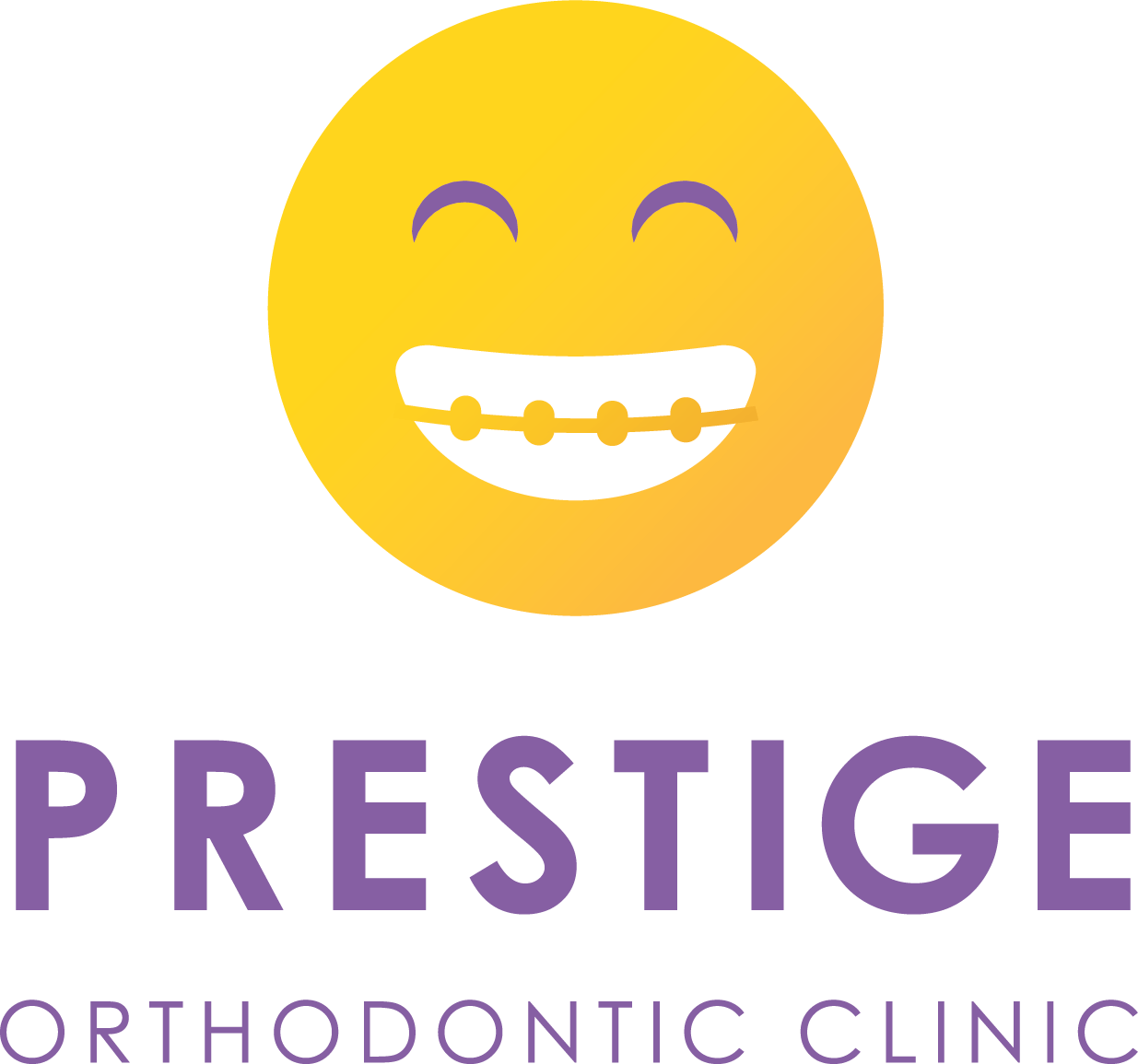Braces Do & Don’t
Eating with Braces
Do not use your front teeth to bite into food like burger, pizza or apple. Cut all your food into small pieces and chew carefully to avoid breaking, bending or loosening the bands/brackets.
Foods to Avoid
Chewy foods: bagels, hard rolls, licorice
Crunchy foods: popcorn, ice, chips, deep fried chicken
Sticky foods: dodol, caramels, gum
Hard foods: nuts, candy
Foods you have to bite into: corn on the cob, apples, carrots
Chewing on hard things (for example, pens, pencils or fingernails) can damage the braces. Damaged braces will cause treatment to take longer
Remember to always brush and rinse after a meal/snack!
Please make sure you have a toothbrush with you at all times (travel toothbrush is recommended).
General Soreness
When you get your braces on, you may feel general soreness in your mouth and teeth may be tender to biting pressures for three to five days.
This can be relieved by taking soft food like porridge or mashed potatoes.
If the tenderness is severe, take a mild painkiller like panadol or whatever you normally take for headache or similar pain.
The lips, cheeks and tongue may also become irritated for one to two weeks as they toughen and become accustomed to the surface of the braces.
You can put wax on the braces to lessen this.
We’ll show you how! You can also watch this video:
How To Use Wax On Braces
Loosening of Teeth
This is to be expected throughout treatment. Don’t worry! It’s normal. Teeth must loosen first so they can be moved. The teeth will again become rigidly fixed in their new – corrected – positions.
Care of Appliances
To successfully complete the treatment plan, the patient must work together with the orthodontist. The teeth and jaws can only move toward their corrected positions if the patient consistently wears the rubber bands, headgear or other appliances as prescribed. Damaged appliances lengthen the treatment time.
Brushing and Flossing
It’s more important than ever to brush and floss regularly when you have braces, so the teeth and gums are healthy after orthodontic treatment. Patients who do not keep their teeth clean may require more frequent visits to the dentist for a professional cleaning. Adults who have a history of gum disease should also see a periodontist during orthodontic treatment. As far as frequency of brushing is concerned, you must brush your teeth after each meal. Please click here to view on how to brush and floss: Brushing & Flossing
Interdental Toothbrush
An interdental brush is a small, specially designed brush used to clean between the teeth or brackets where a traditional toothbrush can’t reach. Please click to watch how to use it: How to use interdental brushes with braces
Sports Mouthguard
If you play sports, it's important that you consult us for special precautions. A protective mouthguard is advised
for playing contact sports. In case of any accident involving the face, check your mouth and the appliances immediately.
If teeth are loosened or the appliances damaged, phone at once for an appointment. In the meantime, treat your discomfort
as you would treat any general soreness.
Sports mouth guards are soft rubber or plastic appliances which are worn in the mouth to help prevent injures to the teeth and
gums. Just as automotive seat belts can help prevent injuries, Mouth Guards can cushion an accidental blow to the face helping
to prevent or minimize injury to the teeth, jaws, and gums. Mouth Guards are not just for Hockey Players.
